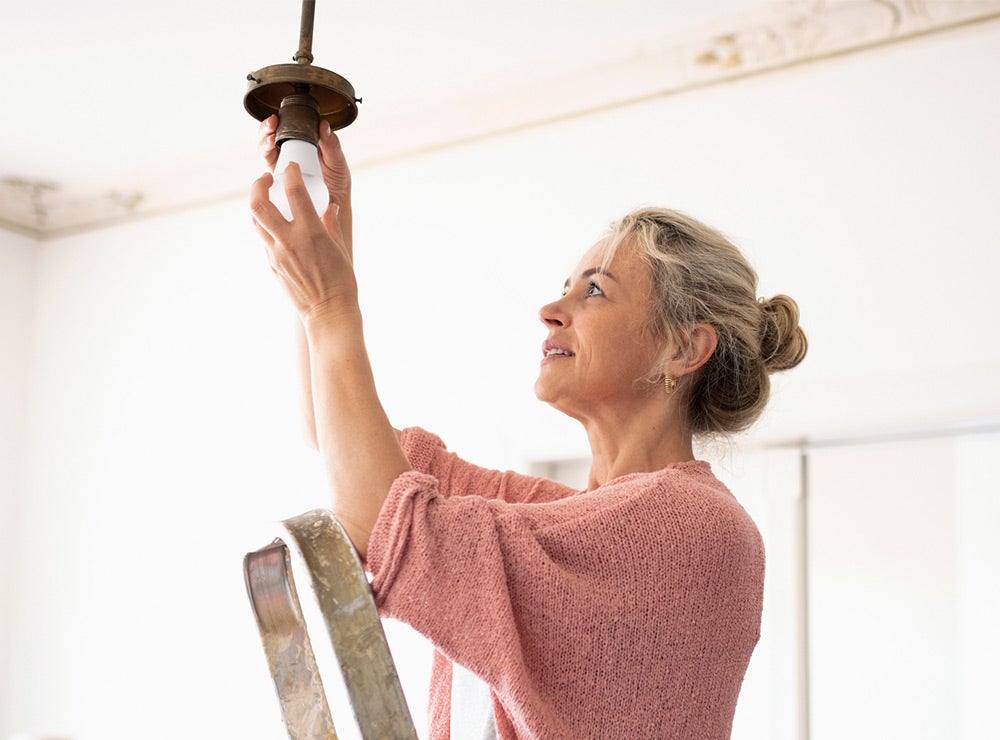


Open the door to more home equity opportunities
Your team works hard to bring in business. But can they do more to connect with consumers sitting on tappable equity?
Read on for actionable insights that will empower lenders to engage with highly qualified consumers and help them achieve their financial goals.
Say hello to your ideal customer
As of July 2019, U.S. homes reached an all-time high of $6.3 trillion of available, or “tappable,” equity.

So, who are these potential customers?
Profile of a highly qualified customer:
Credit score:
>760
First-lien rate:
Below 4.25%
Did you know?
0%
of tappable equity is held by consumers with very good credit.
Consider your ideal candidates
Consumers with lien rates below 4.25%:
Note: By credit score and first-lien interest rate bucket
70%
Credit score: >760
30%
Credit score: <760
Consumers with lien rates 4.25% and above:
Note: By credit score and first-lien interest rate bucket
45%
Credit score: >760
55%
Credit score: <760
70% of consumers with low first-lien rates have excellent credit (>760), making them ideal candidates for relationship development. These consumers are likely to stick with their first mortgages and become top-notch prospects.
Low first-lien rates holders are unlikely to seek out refinancing of their mortgages any time soon. For these consumers, home equity is a perfect conversational inroad, regardless of credit score.
Source: “Mortgage Monitor: July 2019 Report,” 2019, Black Knight
Deterring delinquency before it starts

With higher interest rates and less time to pay back large sums, credit card users can easily fall behind...
...leaving financial institutions responsible for collecting the debt from their customers, which can result in a tarnished relationship at best.
Why do consumers continually choose high-rate credit cards when roughly 45 million homeowners have an average of $140,000 in tappable equity available to them?
It’s time to get back to the basics with your customers.
Guide your customers away from credit card default by choosing a solution better suited for their needs.
Your team should be aware of the two main ways to maximize customer engagement.
Hint: One approach will help earn customers for life.
Seek margin with products like credit cards.
Come with higher
interest rates
Offset by higher
balances
Seek volume and deeper relationships with home equity.
Come with lower
interest rates
Used for larger
spending
of homeowners are paying for home improvements with credit cards.
Improving home improvement
In 2017, home projects grew in scope when consumers used HELOCs to fund them.

Average spending on home improvement
With home equity, consumers find they have deeper resources available for projects that add value, such as installing energy-efficient windows or remodeling a kitchen.
Funded with cash
Home equity conversion (HEC)
Kitchen
remodels
Bathroom
remodels
Room
additions
Source: “The State of the Nation’s Housing,” 2019, Harvard Joint Center for Housing Studies
Your value prop
When you know and understand where your customers’ home remodeling goals lie, you’ll be able to better meet them.
Creating customers for life


A customer seeks a second lien outside your organization.

The new loan process might get past other credit triggers that you monitor.

Despite this, you still need to approve the new lender’s re-subordination request for the customer’s home equity loan or HELOC...

...giving you a chance to counteroffer to preserve the loan and the customer relationship.
Age is more than a number
There are more homeowners with tappable equity than your team might think.

The New York Fed reports that of homeowners extracting tappable equity in 2017:
Source: “Home Prices, Housing Wealth and Home Equity Extraction,” 2018, The New York Federal Reserve
41%
were age 60 and older
45%
were aged 45-60
14%
were under 45
Middle-aged consumers are in prime earning, family, and financial-planning years.
Top qualities:
Earn high wages
Have good credit
Considering or engaged in home improvements
Upper-age consumers are in their prime retirement planning years.
Top qualities:
Are looking to downsize home
Have smaller portfolios but significant equity
Want to keep nest egg intact
Why does age matter?
Knowing your customers and what’s important to them will not only help you close home equity offers...
...it will allow you and your team to establish meaningful and long-term customer relationships.
Get your team to go beyond the home equity deals in front of them.
By understanding the characteristics of highly qualified consumers and the evolving market trends, your team will set their customers on the right financial path with home equity opportunities.
Explore the product
Sources
- 1. “Mortgage Monitor: July 2019 Report,” 2019, Black Knight
- 2. “The State of the Nation’s Housing,” 2019, Harvard Joint Center for Housing Studies
- 3. “Home Prices, Housing Wealth and Home Equity Extraction,” 2018, The New York Federal Reserve
The marketing strategies and ideas outlined in this visual are offered by Julian Hebron and The Basis Point, not Blend itself.